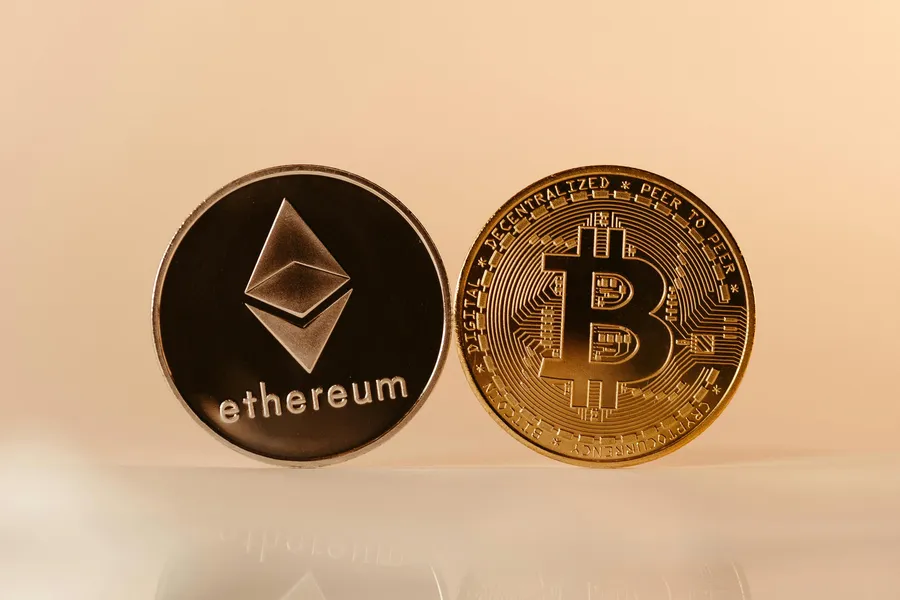How Does Binance Wallet Work? – Binance Wallet, Binance Smart Chain, Security

Title: The Hard Truth About Your Binance Wallet: A Crypto Security Expert’s Take on BSC and Security
Introduction: Welcome to another edition of “Why Your Crypto Might Be Burning in Hell Right Now.” Today we’re diving into the world of Binance Wallet, Binance Smart Chain, and all the potential security nightmares that come with it. You might think Binance is as bulletproof as it claims to be. But trust me, nothing is infallible in this Wild West of digital assets.
Let’s start by clarifying one thing: Binance has two wallets, the original Binance Wallet and the Binance Smart Chain (BSC) Wallet. Both are wildly different in terms of security.
The original Binance Wallet is a hosted wallet managed by Binance. That means they hold your private keys, which might give you warm and fuzzy feelings about convenience, but in reality, it’s like letting someone else hold the deed to your house. You have less control, and if something goes wrong, well, it’s their responsibility… or is it?
On the other hand, the Binance Smart Chain Wallet uses a non-custodial structure, where you hold the private keys yourself. This makes it more secure than its predecessor. However, with great power comes great responsibility – if you lose your private key, bye-bye crypto.
Now let’s talk about the Binance Smart Chain (BSC), a separate blockchain created by Binance to offer faster and cheaper transactions than Ethereum. It has indeed attracted many DeFi enthusiasts due to its low fees and quick processing times. However, it also houses a plethora of potential security issues.
For one, remember all those bug bounties paid out on Ethereum? They’re happening on BSC too, only they’re often not disclosed because… well, marketing! This means there could be more bugs hiding in the shadows than you realize.
Plus, smart contracts are only as good as their code. And let me tell you from years of auditing experience: bad code happens to good people. One small mistake can lead to a colossal loss. Remember that $600M Poly Network hack? A single line of flawed code allowed it to happen.
Then we have the world of NFTs, where every day seems like a new scandal. Remember when someone hacked an artist’s Twitter account and sold fake NFTs? Or what about that time people lost millions in a ‘Rug Pull’ scam?
But here’s a fun fact: many BSC wallet users store their private keys on their devices, which leaves them vulnerable to keyloggers, malware, or even good old-fashioned phishing attacks. Keeping your crypto safe is not just about smart contracts; it’s also about basic digital hygiene.
So, is the Binance Wallet a jungle full of traps or a garden path? It depends on how you use it. If you prefer convenience over security, go ahead and use the original Binance Wallet. But remember, if something goes wrong, there’s only so much customer service can do.
If you want more control and better security, opt for the BSC wallet but handle it like a bomb: carefully, with caution, and always backed up. Remember, no one wants their digital assets to turn into radioactive dust.
And lastly, don’t forget to keep your private keys secret, your software updated, and your wits about you. Because in the end, security is not about what Binance provides but what YOU provide for YOURSELF.
Now go forth, dear crypto enthusiasts, with knowledge as your shield and vigilance as your guide. And please, don’t be that guy who loses their life savings to a pump-and-dump scheme because they thought they were smarter than everyone else.









